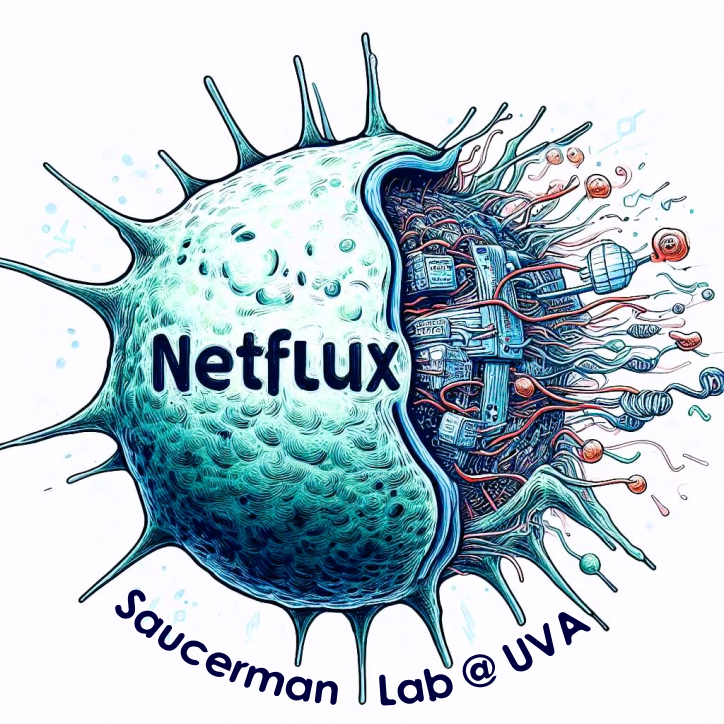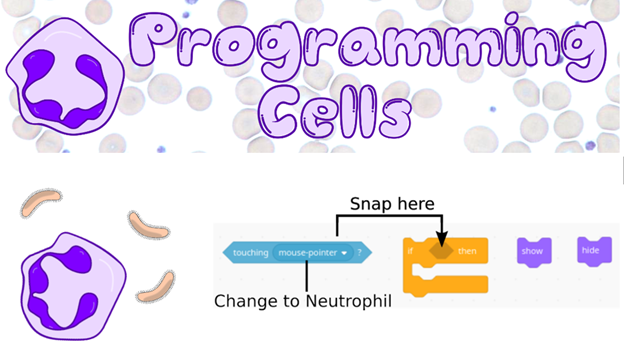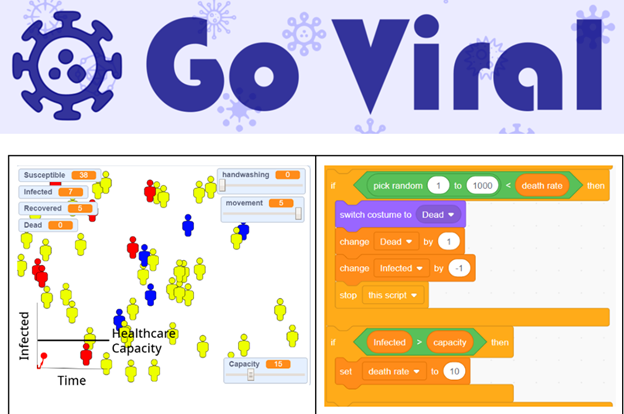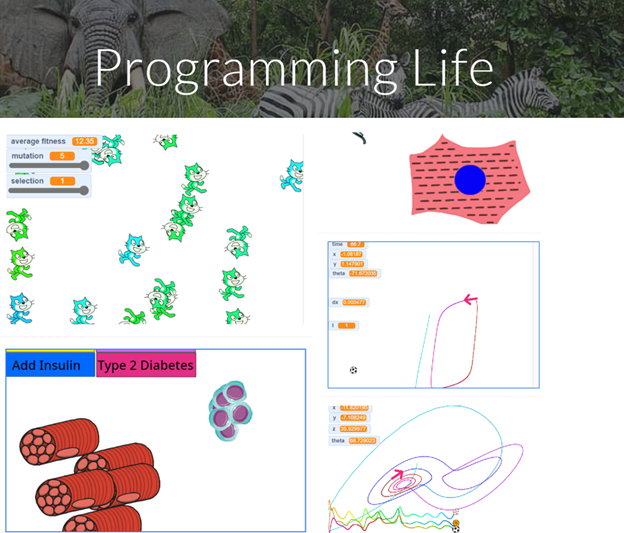Teaching and Outreach
Outreach
Netflux
The biology of cell signaling is typically taught by a traditional lecture-then-memorize approach. But the complexity of these biochemical systems often overwhelms students, preventing them from appreciating organizing principles. We have developed user-friendly open-source software Netflux, that allows students to model signaling networks and simulate virtual experiments without any programming experience. Through virtual meetings and teaching workshops, we have taught Netflux to students ranging from high school groups to undergrads to biomedical scientists to computational biologists that are extending it in new ways. Let us know if your program would like a workshop! HTTPS://GITHUB.COM/SAUCERMANLAB/NETFLUX
We organize an annual virtual Netflux and Logic-based Network Modeling Conference in January. See the 2024 meeting flyer here: https://docs.google.com/document/d/1ZWDVgMMJfY2xwsA80SakO2ANDM8dlSk_
60 publications have now used Netflux! https://docs.google.com/document/d/1FjzbdYM3lyIlpgx0t4mQ6_zQETJ1MS2QQAg…

Programming Cells
An integrated introduction to computer programming and cell biology, for elementary and middle school level students. Students develop animations and video games of the cells in their body. I have taught Programming Cells workshops at several local science classes and outreach programs and presented this work at the NIH. HTTPS://SITES.GOOGLE.COM/VIEW/PROGRAMMING-CELLS

Go Viral
Go Viral enables K-12 students to simulate the spread of infection in a population, as well as customizing these simulations to test intervention strategies. HTTPS://SITES.GOOGLE.COM/VIRGINIA.EDU/GOVIRAL

Programming Life
Programming Life has a range of somewhat more advanced simulators of biological systems, all within the Scratch visual programming environment. Agent-based models of evolution, diabetes, Chagas infection of cardiomyocytes, and differential equation models of electrophysiology and the Lorenz attractors.
https://sites.google.com/virginia.edu/programming-life/

Classroom Teaching
BME 2315 Computational Biomedical Engineering (undergraduate level)
Computational methods allow biomedical engineers to analyze complex biomedical data and develop realistic models of biomedical systems. This course will introduce you to the fundamental computational methods used to solve biomedical problems and show the pitfalls that can occur when doing numerical analysis.
BME 4315 Systems Biology Modeling and Experimentation (undergraduate level)
This course introduces techniques for constructing mathematical and computational models of biological processes and utilizing experimental methods to validate those models at many levels of organizational scale — from genome to whole-tissue. Students will attend lectures, read literature, and participate in discussions focused on various modeling and experimental validation techniques. Students will also work in teams to complete a group modeling project. Topics include choice of modeling techniques appropriate to addressing particular biological problems at different scales, quantitative characterization of biological properties, assumptions and model simplification, parameter estimation and sensitivity analysis, model verification and validation, and integration of computational modeling with experimental approaches.
BME 8315 Systems Bioengineering and Multi-Scale Models (graduate level)
This graduate level course introduces techniques for constructing mathematical and computational models of biological processes at many levels of organizational scale—from genome to whole-tissue. Students will learn: How existing and emerging experimental techniques can provide quantitative data for validating biological models; Which modeling techniques are best suited for addressing specific biological problems; How complex problems in biology can be simplified while maintaining biological relevance. In each module, students will work in teams and gain hands-on experience in the different simulation environments while allowing them to address relevant biological problems of different length scales using appropriate modeling techniques.